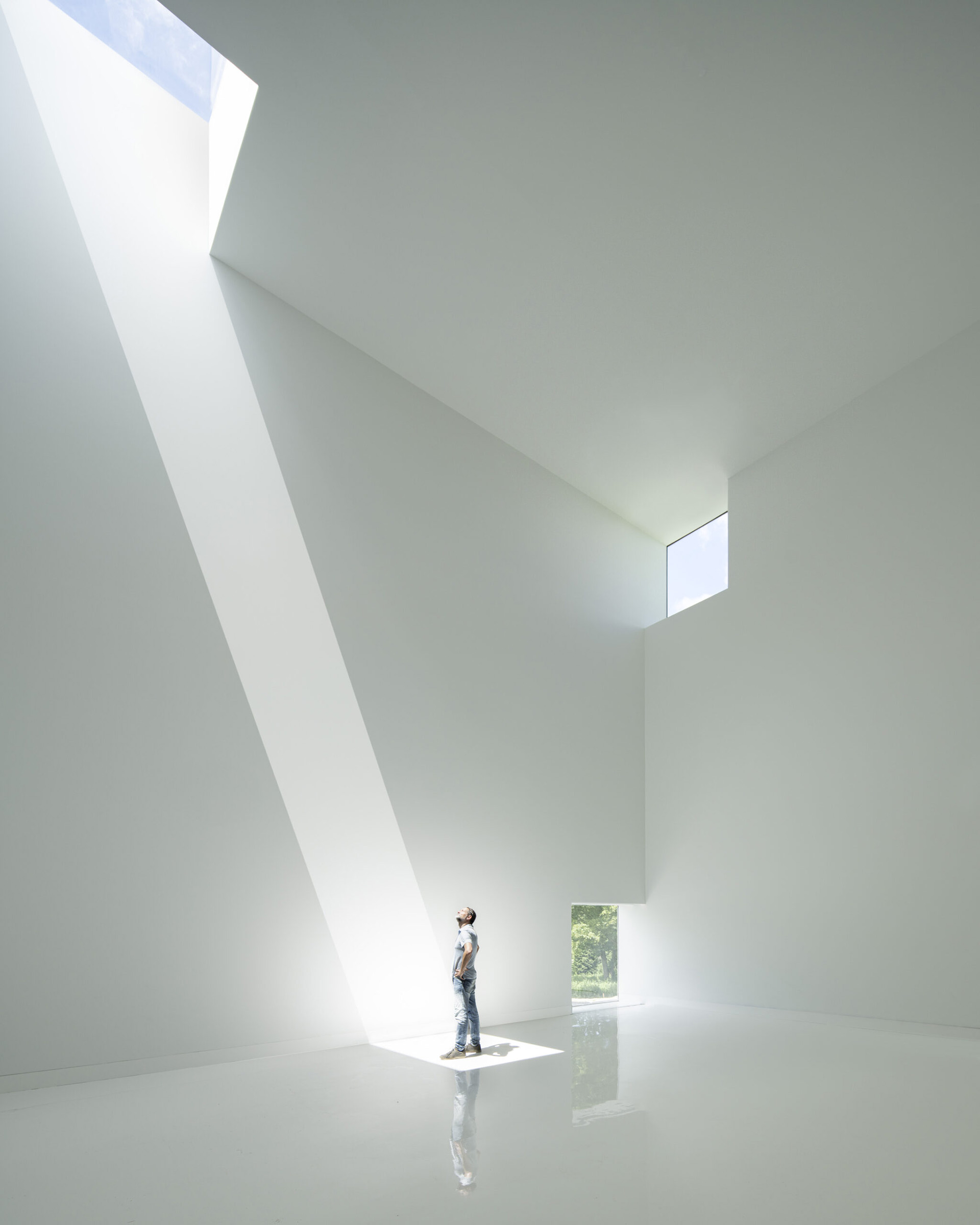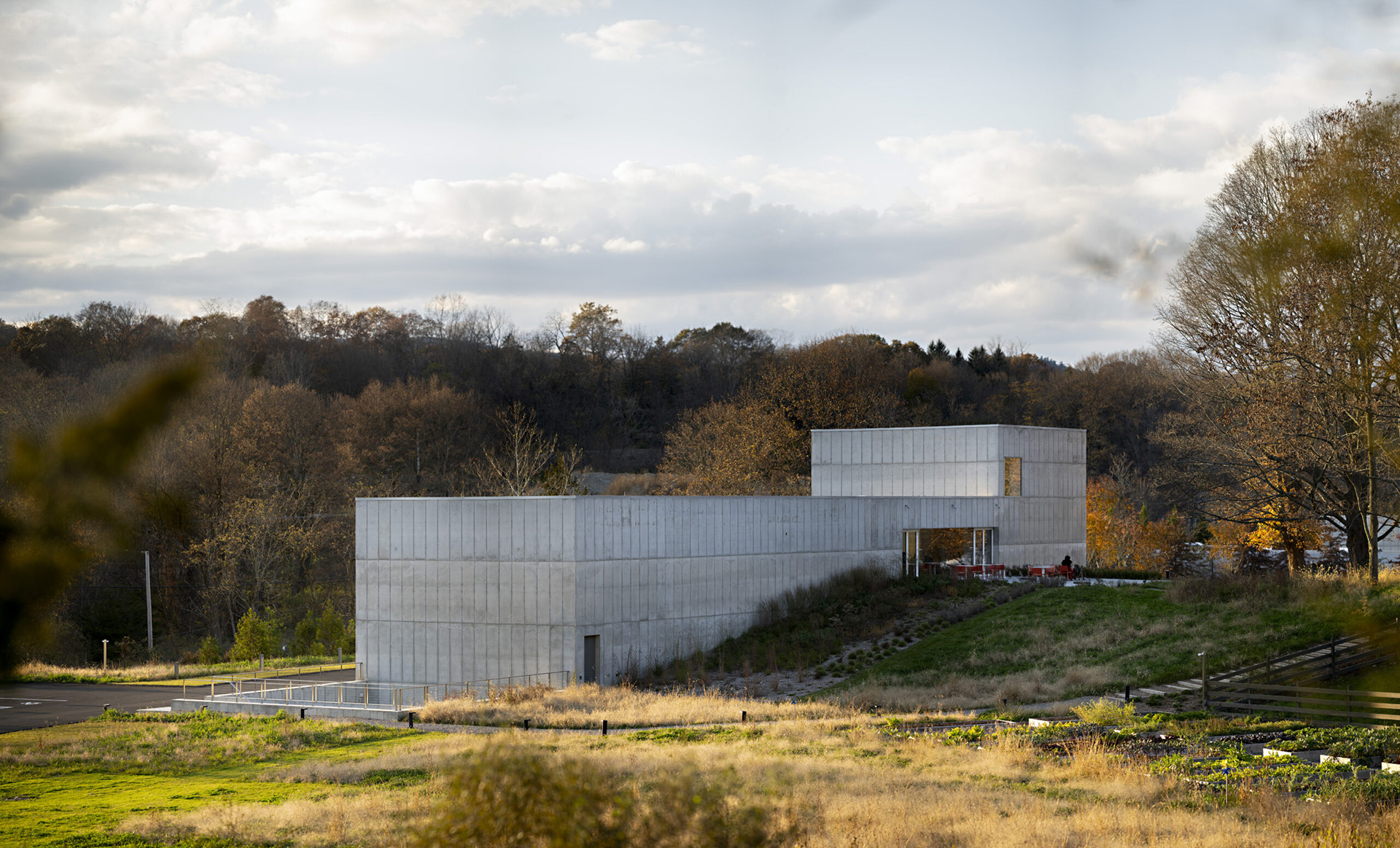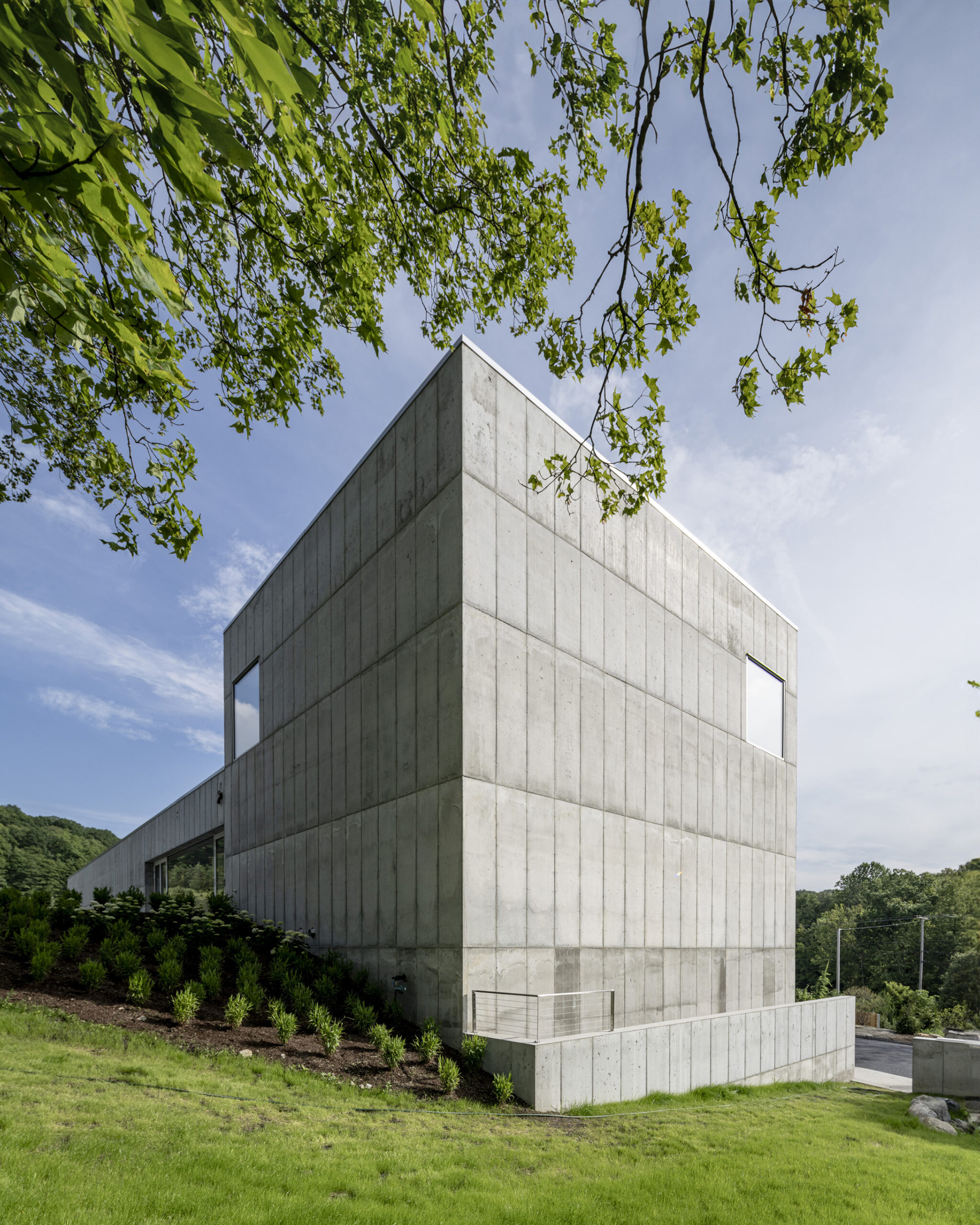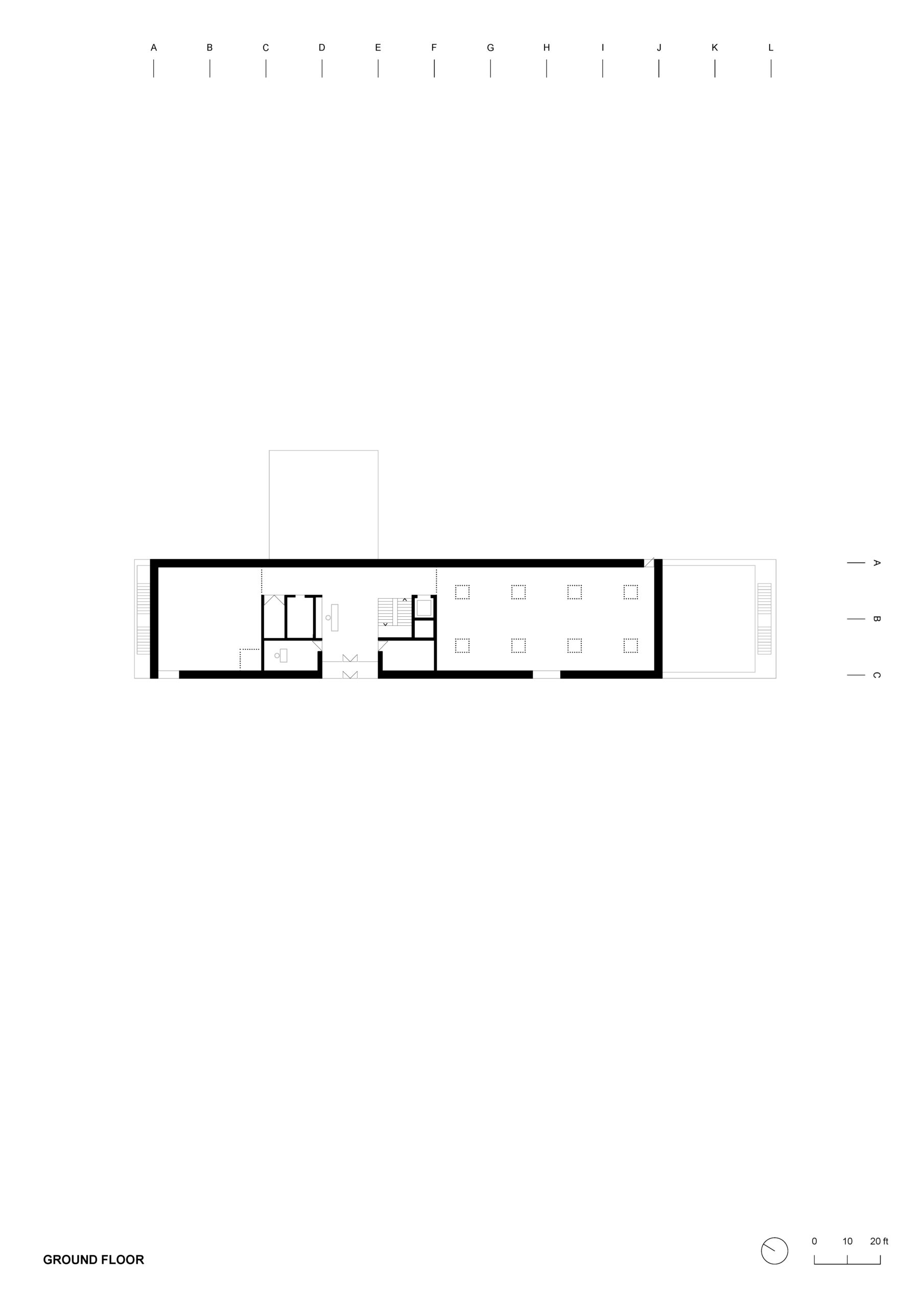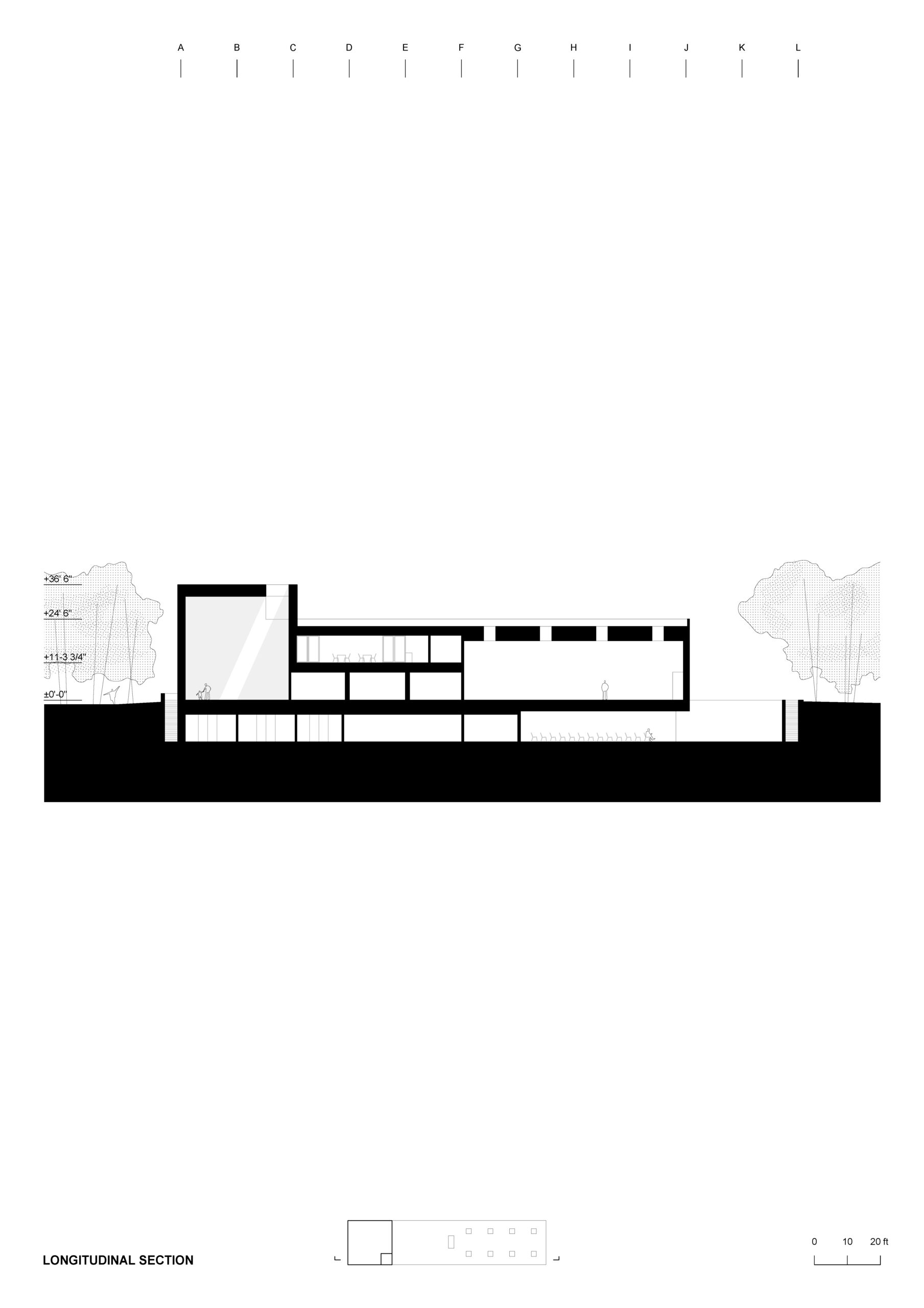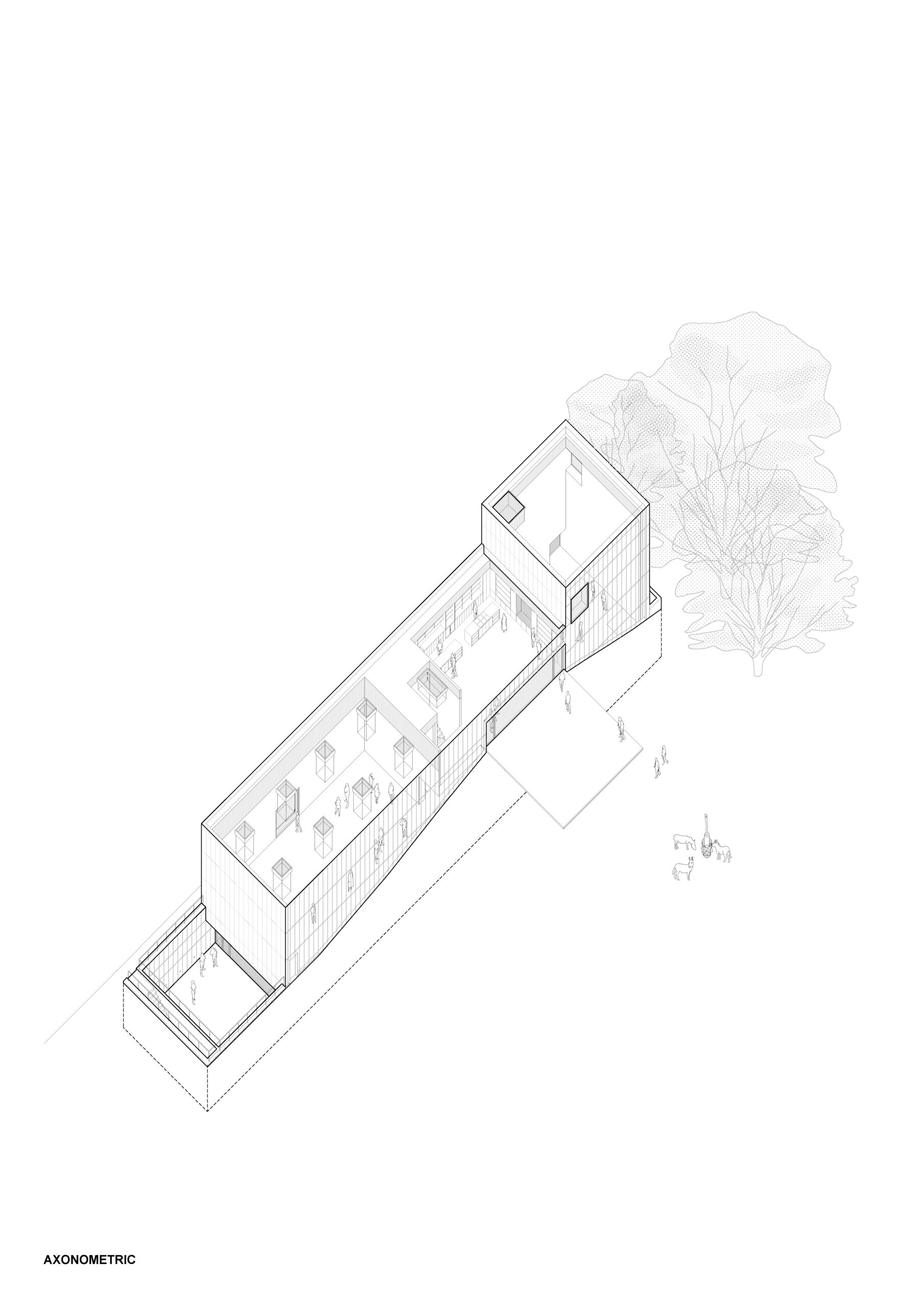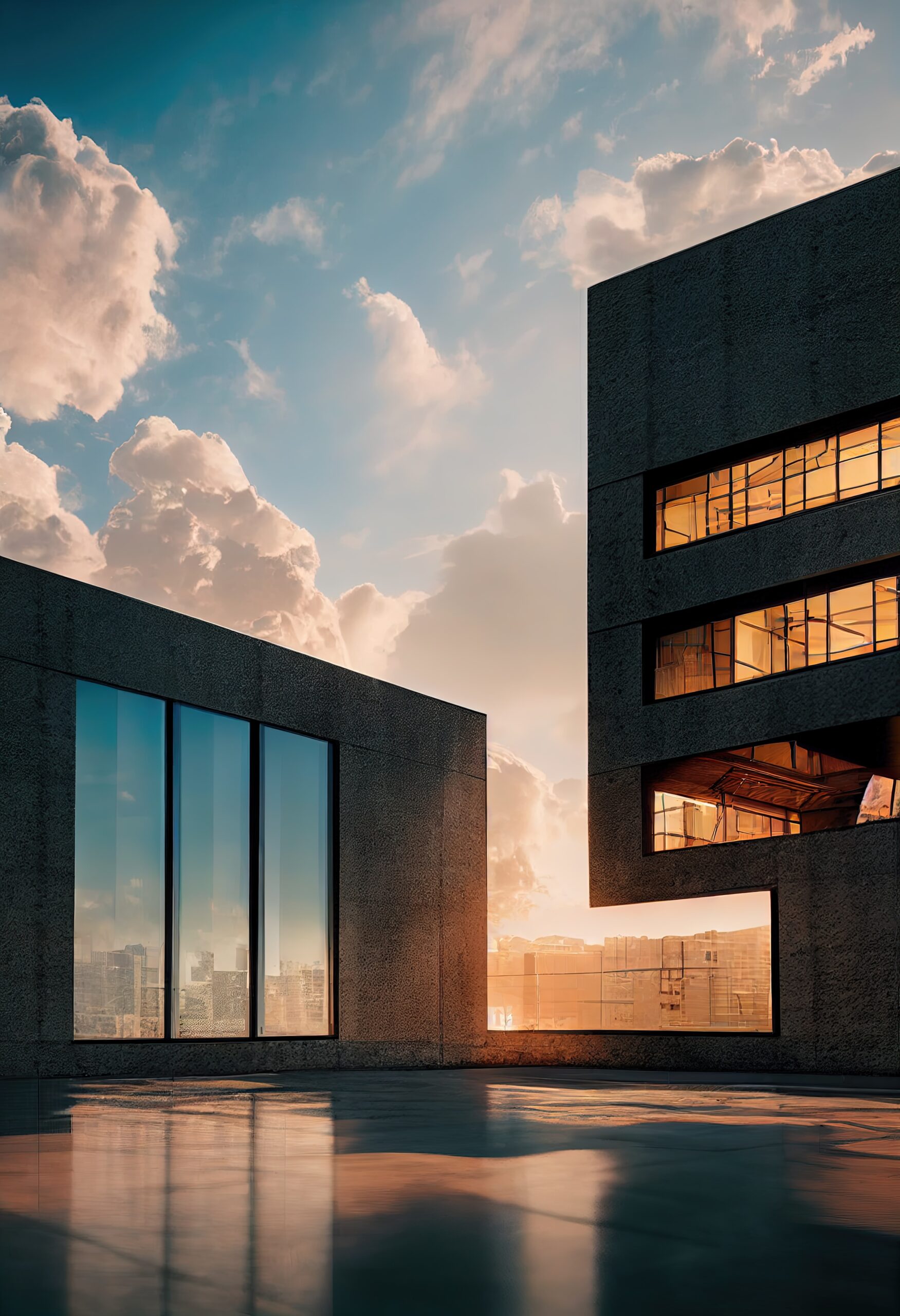Robert Olnick Pavilion
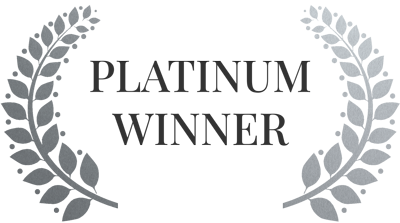
Best Cultural & Public Architecture
Built / Professional

Architect / Designer:
Studio:
Design Team:
Project Architect/ Project Manager: Jacobo Mingorance
Client: Magazzino Italian Art Foundation
Location: Cold Springs, NY
Built area: 13,000 sq.ft.
Completion: September 2023
Construction Manager: Miguel Quismondo with Jacobo Mingorance
Collaborators: Ignacio Aguirre López, Alejandro Cervilla García, Tommaso Campiotti, Juan Carlos Bragado, Ignacio de Silóniz, Alfonso Guajardo-Fajardo Cruz, María Pérez de Camino Díez, David Vera García, Sara Fernández Trucios, Luca Redaelli, Gloria Saá García, William Mulvihill
Structural Engineer: Michael P. Carr, P.E.
MEP Engineers: CES-Consulting Engineering Services Engineers
Lighting Consultant: MAP Design Studio Cost Consultant: Slocum Construction Consulting, Inc Kitchen Consultant: Chef Luca Galli
Copyright:
Country:
The Robert Olnick Pavilion is an extension of the MagaZZino Museum of Italian Arte Povera in Cold Spring, New York.
The new Pavilion has two floors and is a straight rectangular parallelepiped-shaped building of reinforced concrete, which will house a Murano glass collection, the cafeteria, and more exhibition spaces.
Special emphasis is placed on the main exhibit area, which is a white, cubic, isotropic space that will house temporary exhibitions and serve as a focal point of the museum.
Isotropic space, as defined by the dictionary, has the same characteristics in all directions and from any point. If we could fly, from the centre the space would be identical in all directions.
So, in that cubic white and isotropic space, 10x10x10m, at each corner, we made an opening of 2.10 x 2.10 x 2.10 x 2.10m so that the sun can enter there at any time of the day. The spatial effect is wonderful.
We have chosen 2.10m as the size of the opening so that, when located on walls that are in contact with the floor, they have suitable dimensions to serve as doorways. The two holes thus positioned, will be entrance doors to our white and luminous cubic enclosure. Furthermore, it is of primary importance that these 2.10 x 2.10m holes are all very deep.
Following simple logic, we eliminated the opening corresponding to the floor plane.
In addition, we created a particularly interesting feature by drilling a 2.10 x 2.10m deep hole in the centre of the wall, so that the entire spatial operation can be understood at a glance.
Estudio Campo Baeza & MQ Architecture
Alberto Campo Baeza
He is an Emeritus Head Professor of Design in the Madrid School of Architecture, where he has been a tenured Professor for more than 35 years. He has also taught at some of the world’s most prestigious Schools of Architecture. His works have been widely recognized. It has been exhibited in Chicago, New York, Rome, or Tokyo. He has been awarded with the Tessenow Gold Medal, the Arnold W. Brunner Memorial Prize and the National Prize for Architecture in Spain, among others.
Miguel Quismondo
Born and raised in Spain, over the past decade, he has worked in the United States in several fields spanning from design, construction, and management. He founded MQ Architecture in 2013. His work has been published in la Biennale di Venezia, AR, A+U, Domus or Casabella, among other magazines, and he has been recognized with several awards including an Honor in Architecture by AIA New York. He recently started teaching architecture at the New Jersey Institute of Technology.

